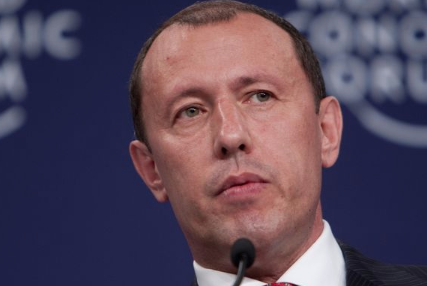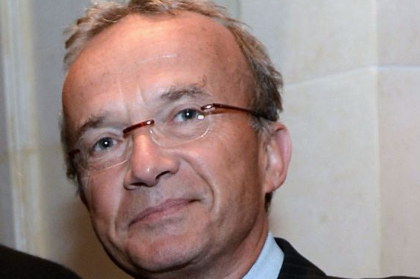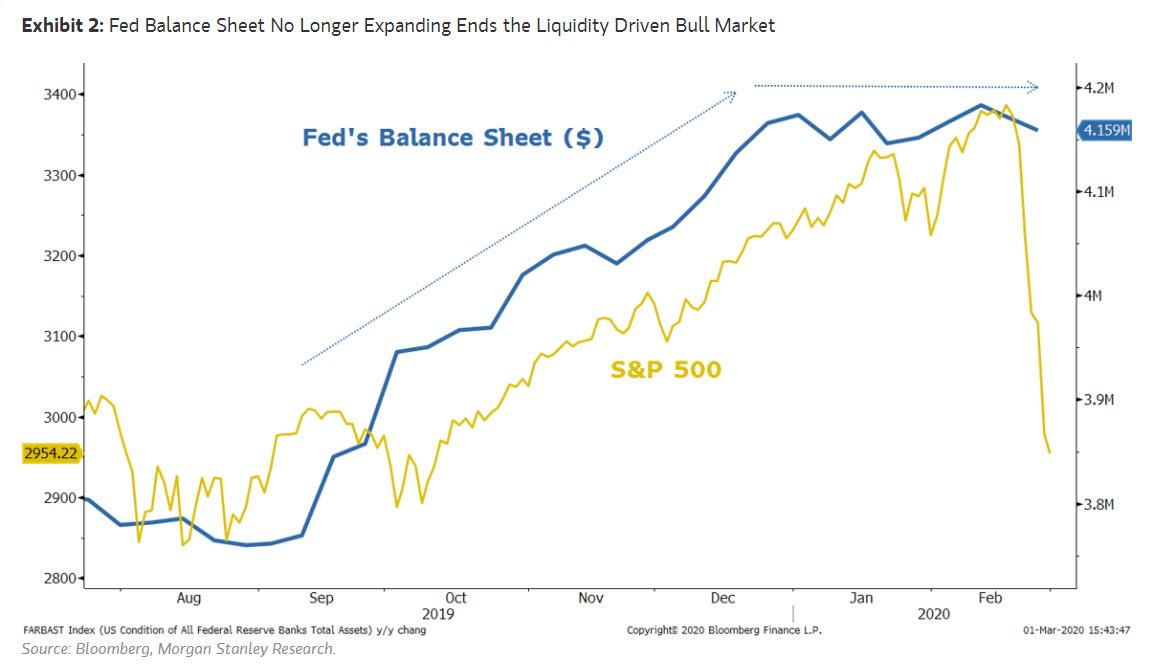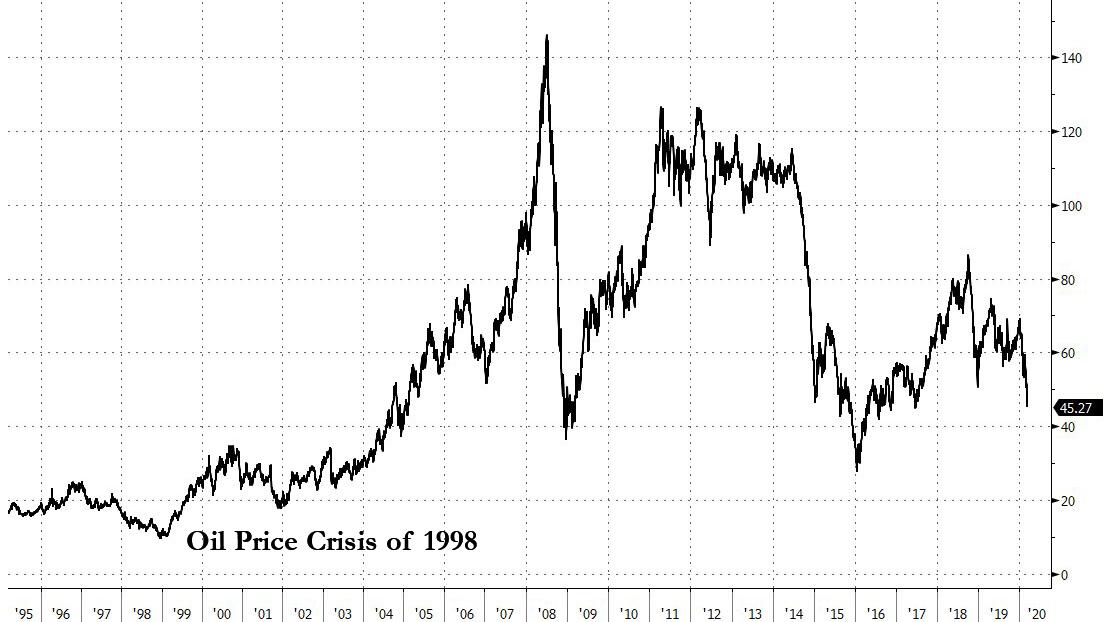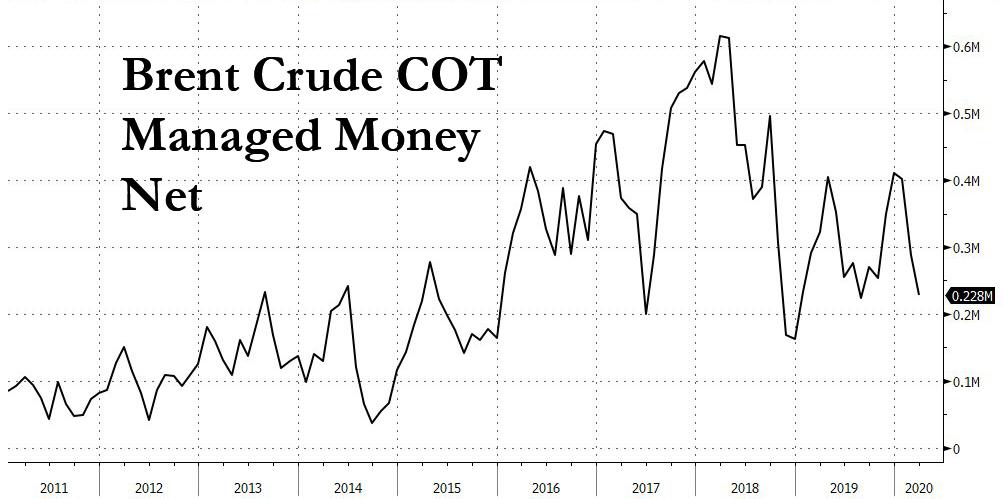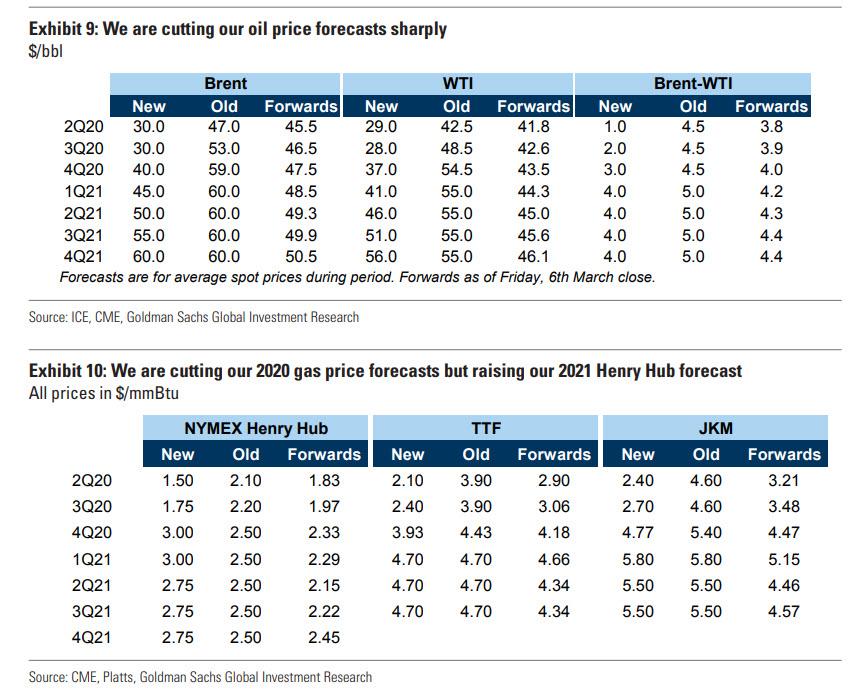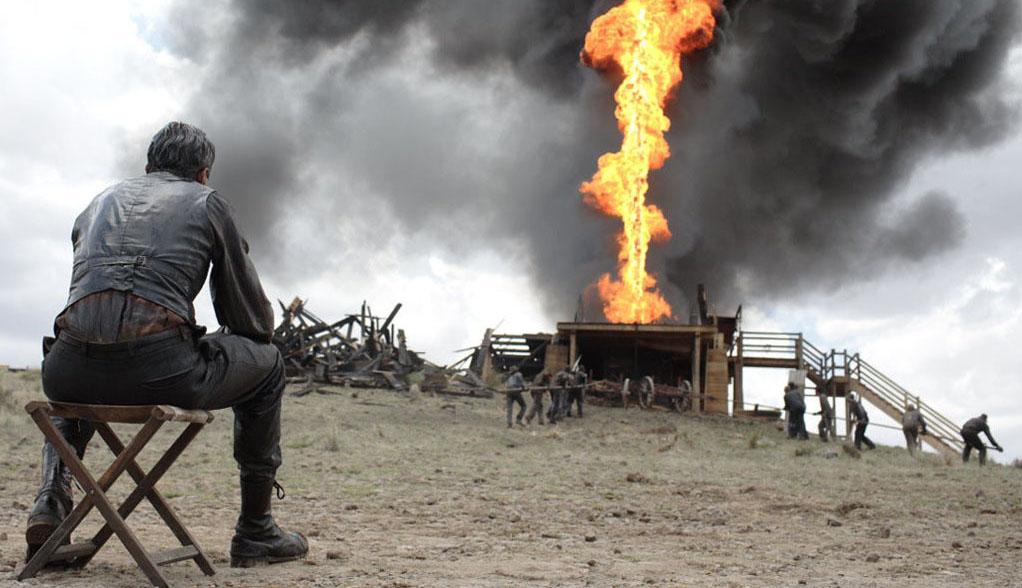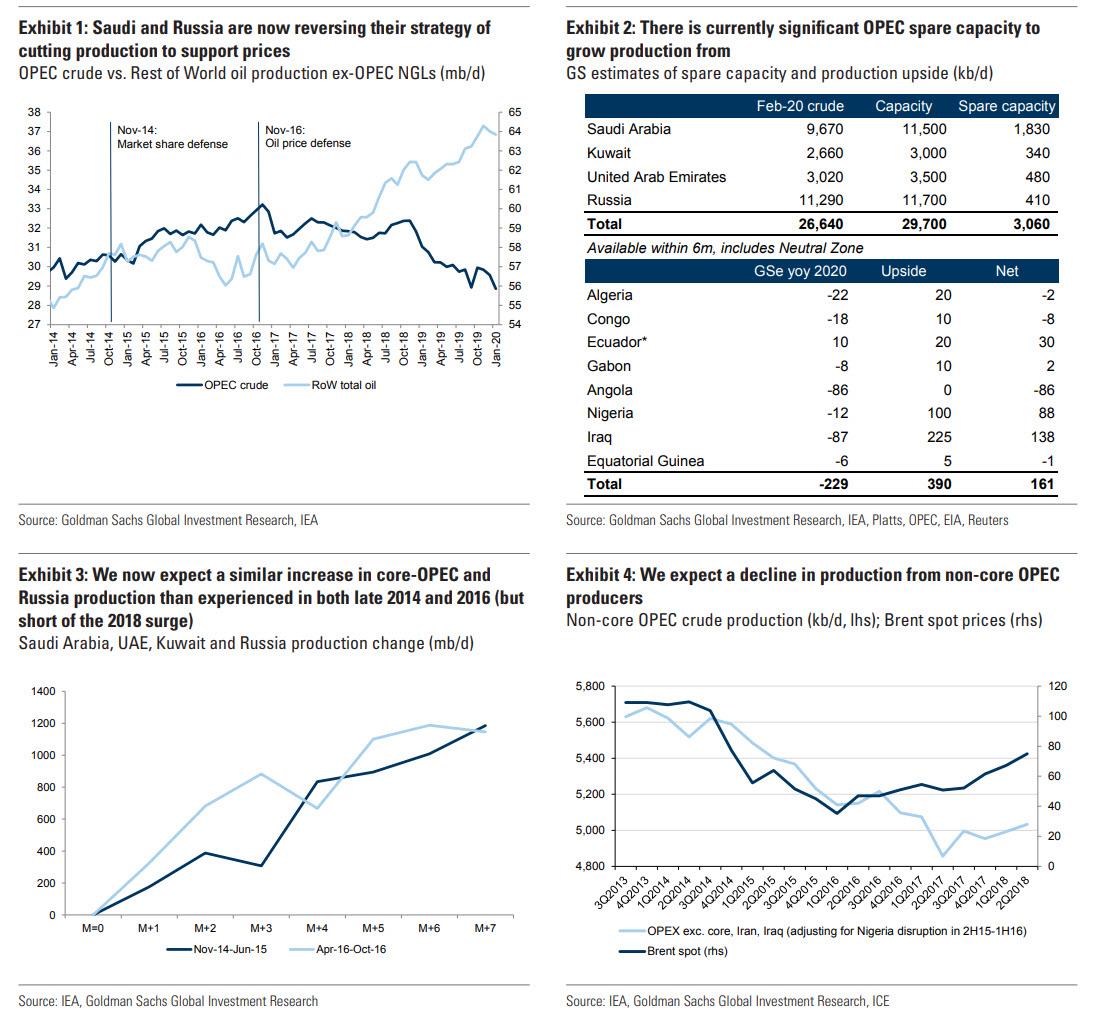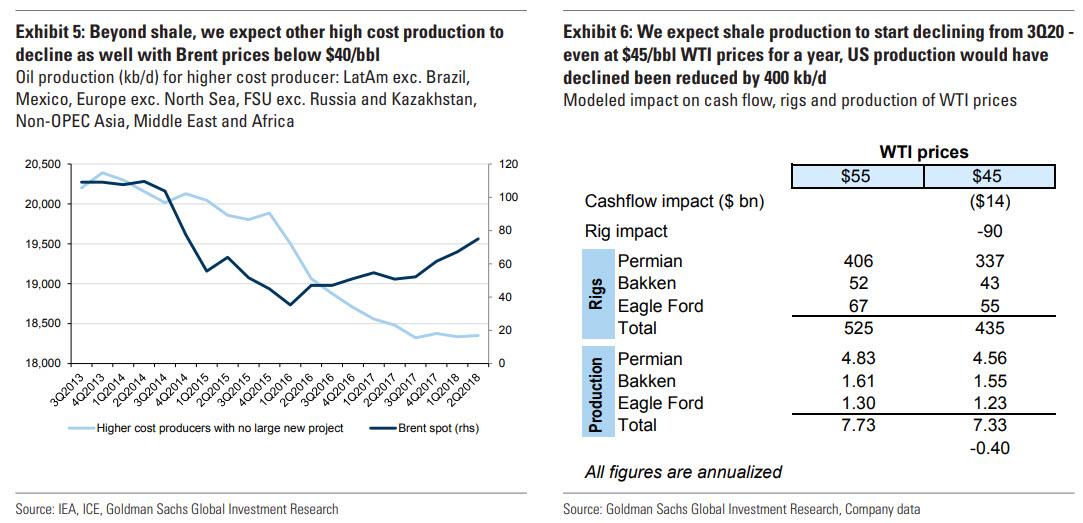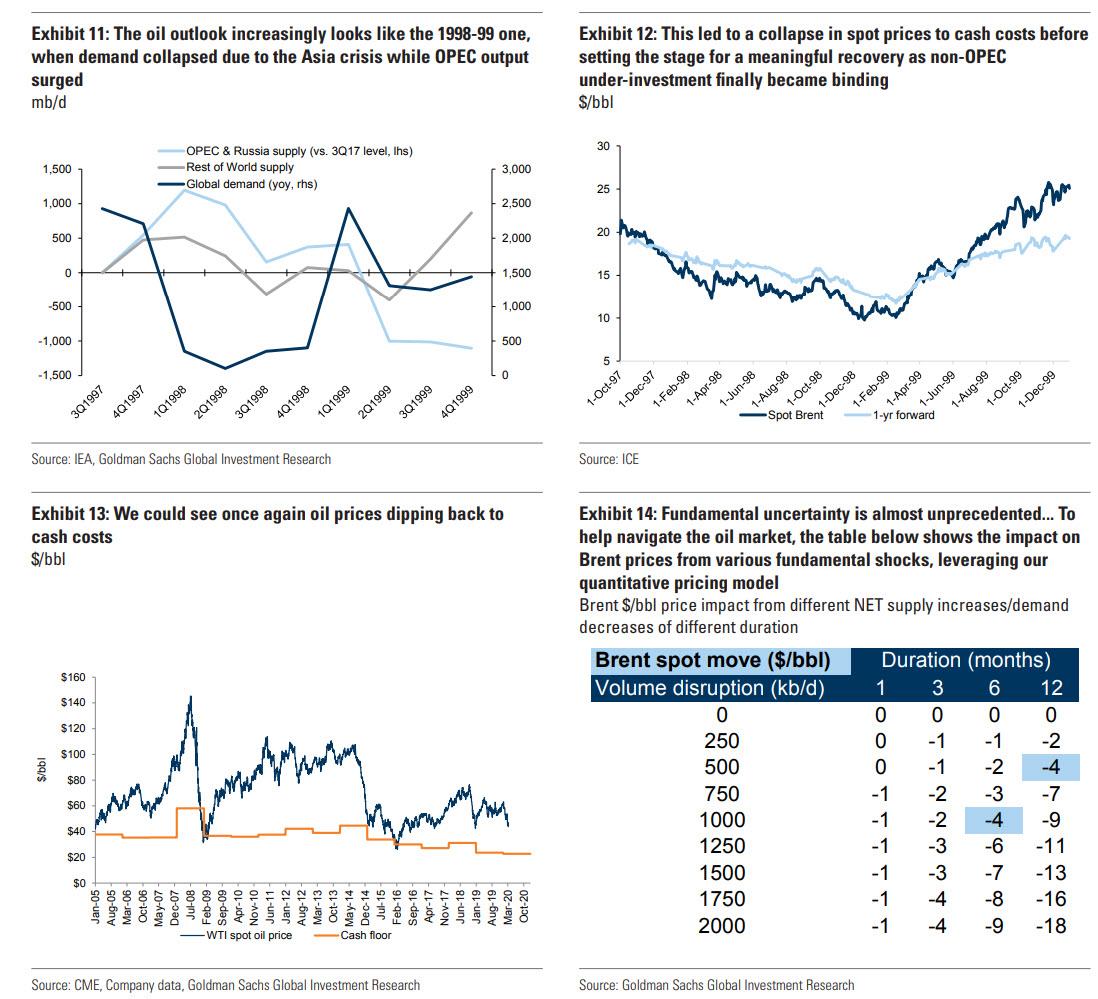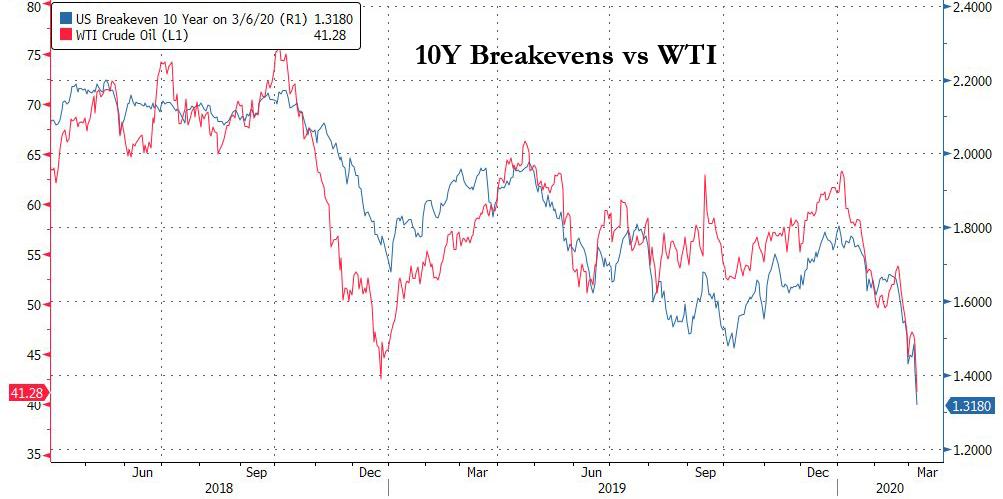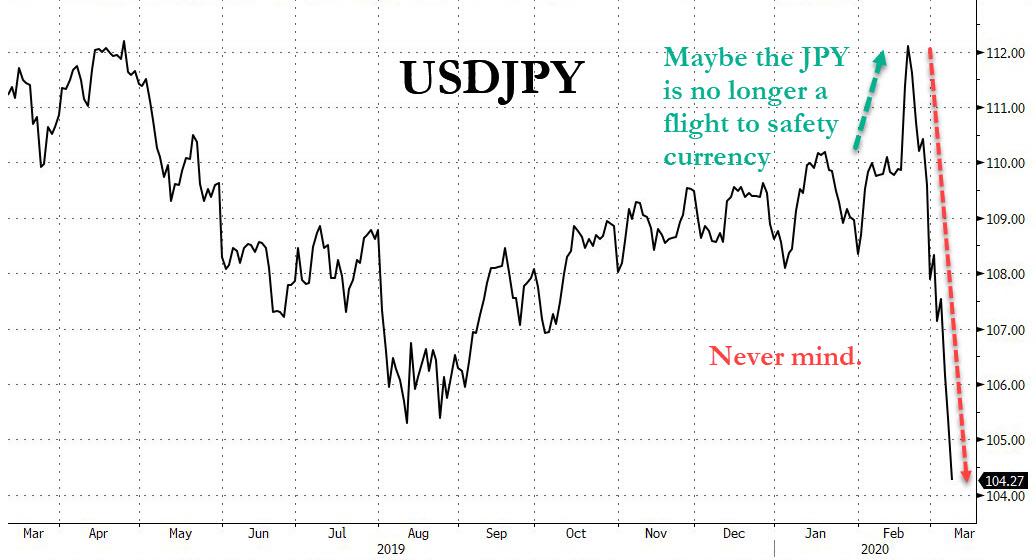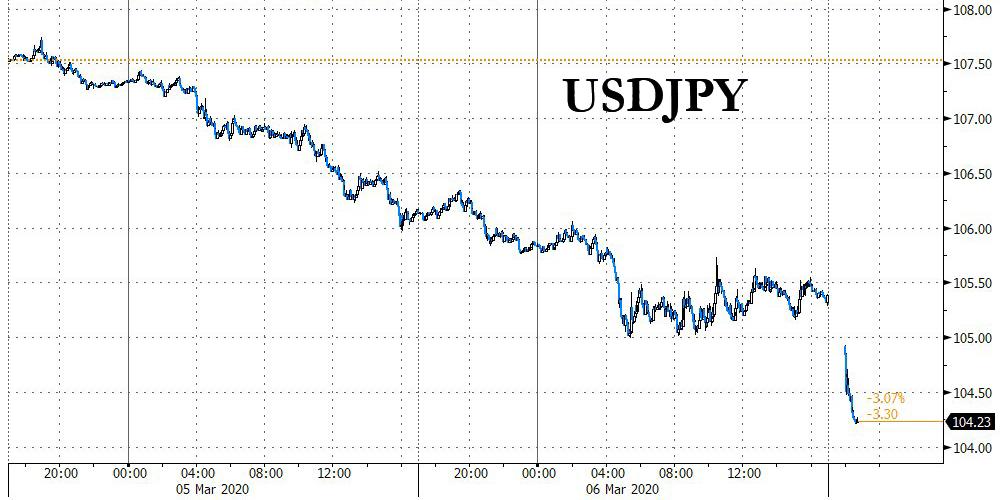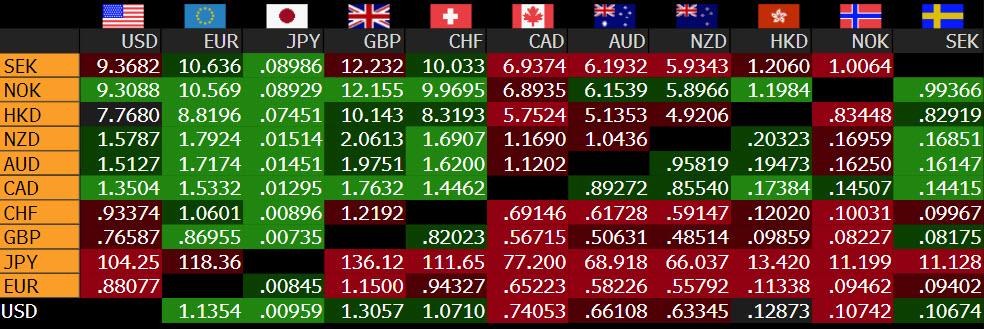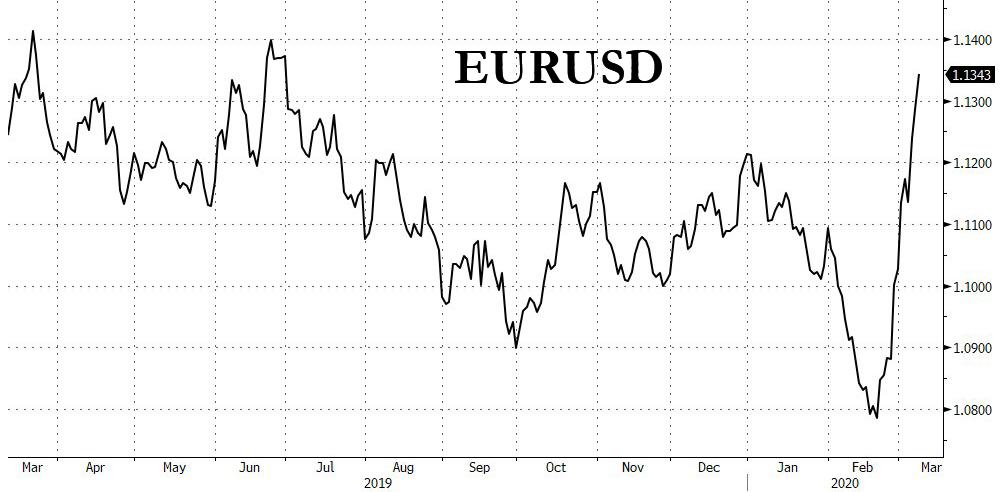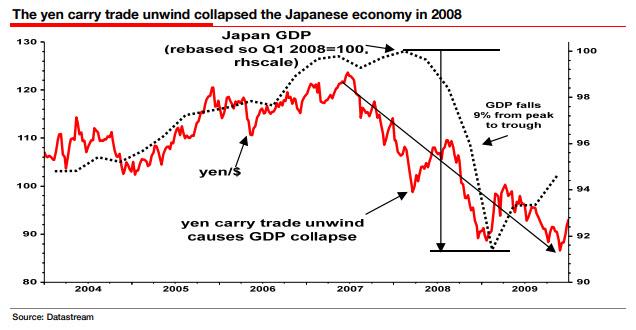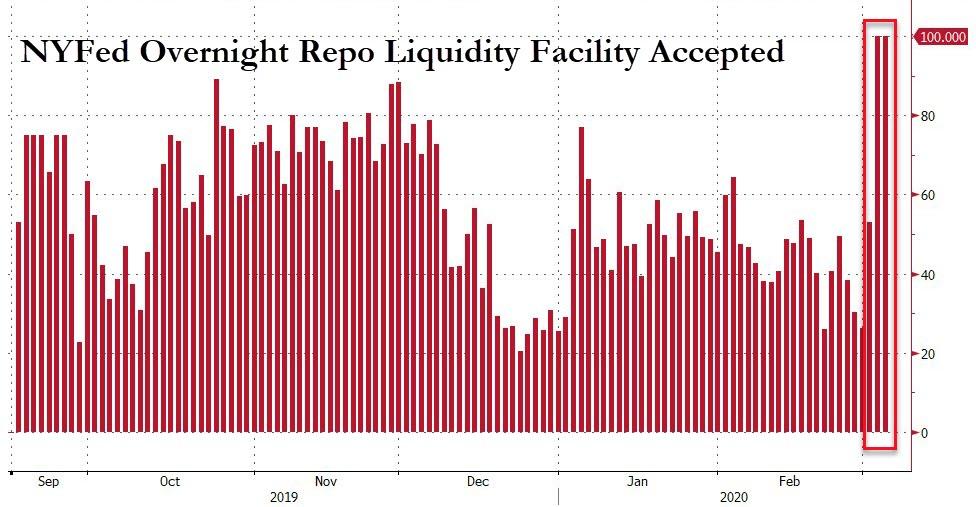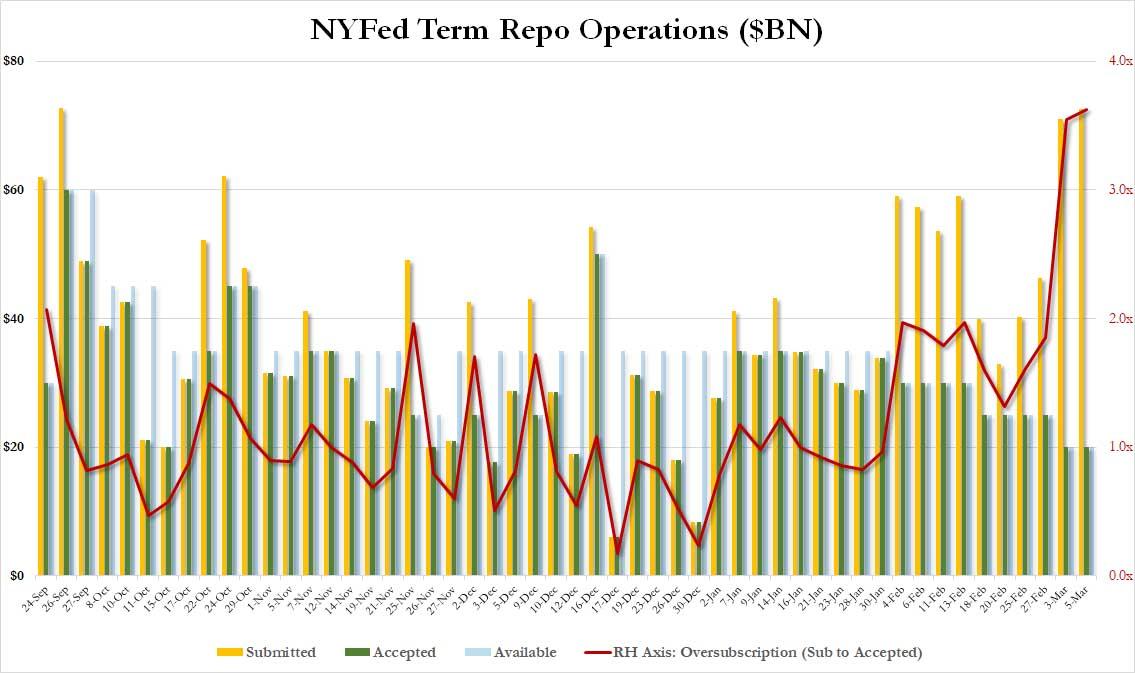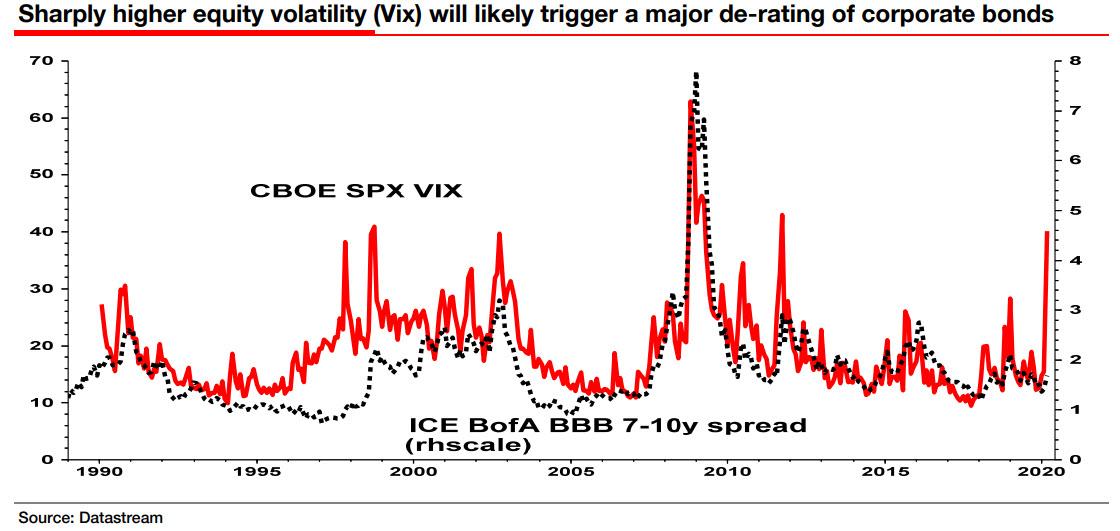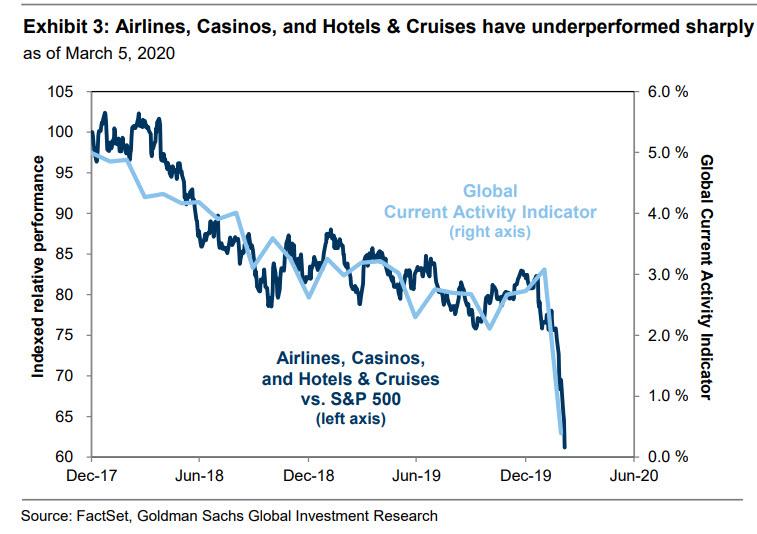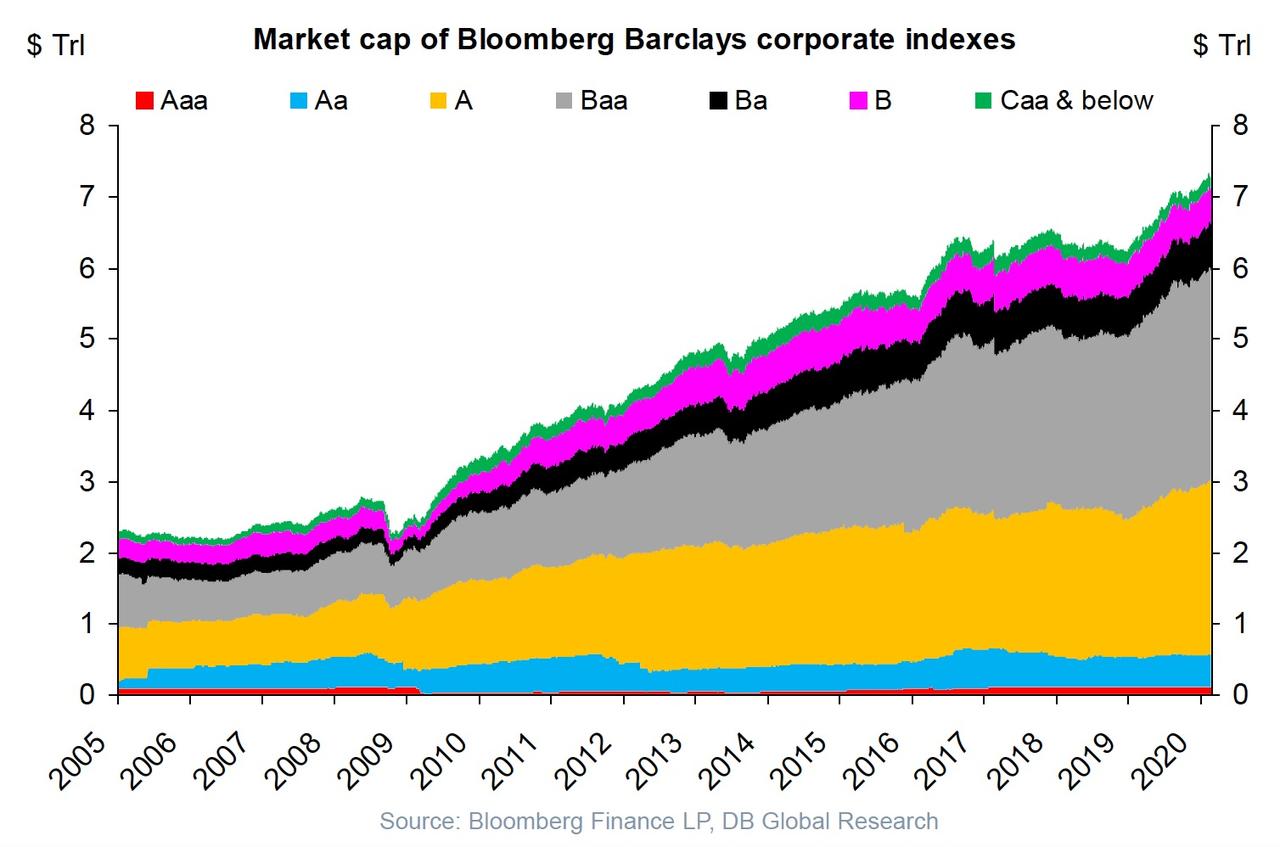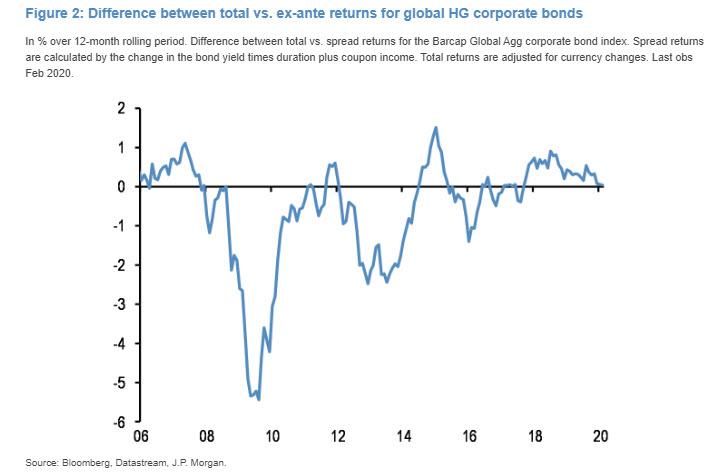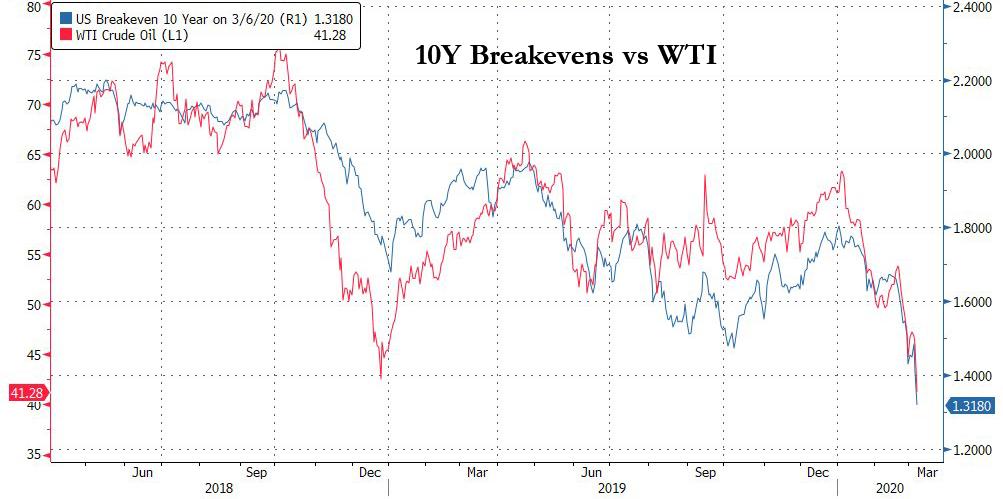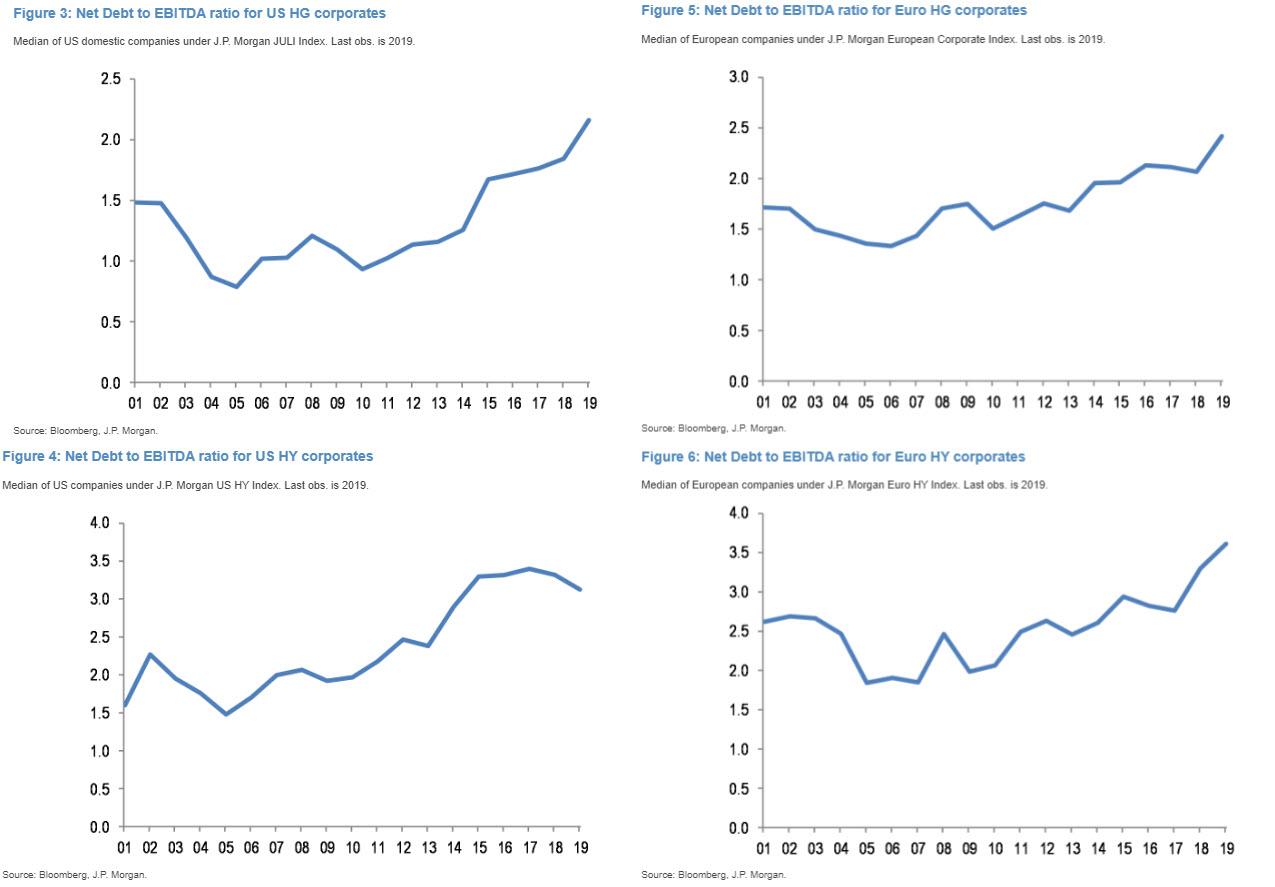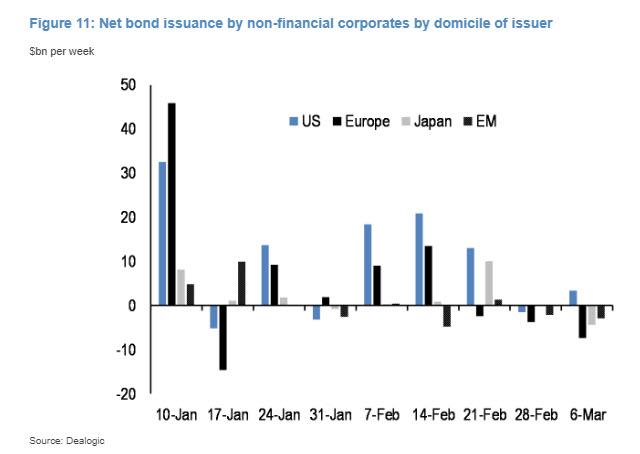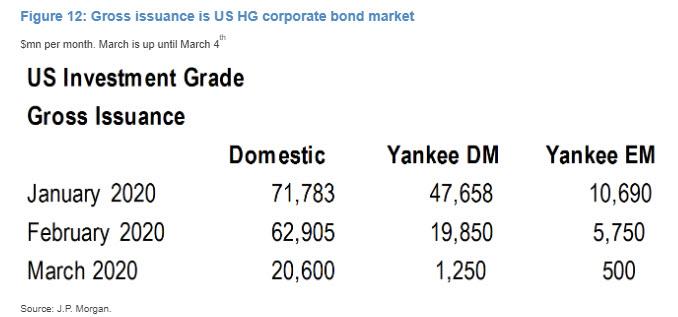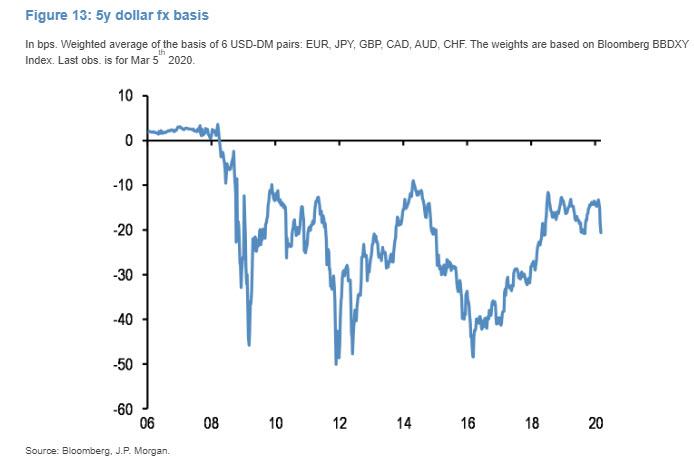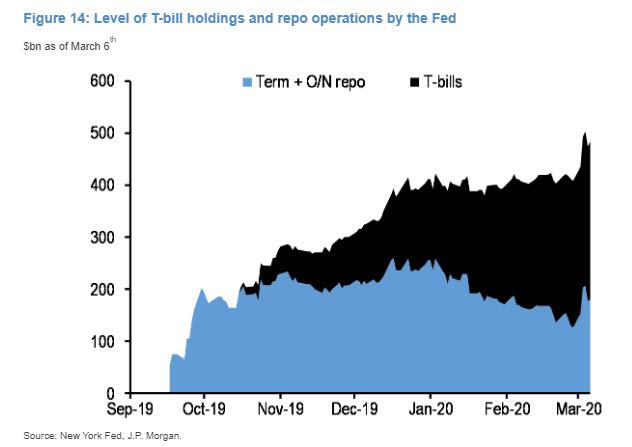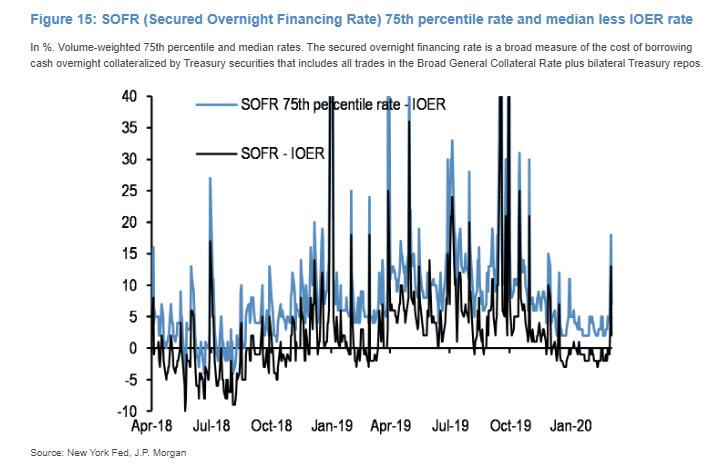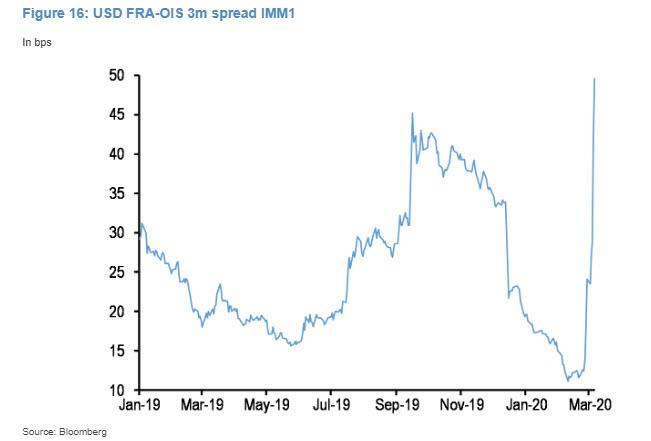Submitted by Guy Haselmann, Principal at FETI Group
Overview
Today’s global economic system is more intertwined than at any point in history. For the past 30 years in particular, globalization and the Theory of Comparative Advantage have been alive and well. Technological advancements and transportation improvements have truly ‘shrunk the world’, allowing more countries to participate and benefit from international trade.
The globalized world economy has become a vast network of complex supply chains, interconnectedness and co-dependence. The benefits have been wide-spread and done more to lift the human condition, and more people out of poverty, than any development in history. However, this increase in economic complexity has magnified global vulnerabilities, opening up the risk of rapid and large-scale failure and contagion: a period of anti-globalization. COVID-19 is the catalyst that is triggering a supply-side crisis; one that is further exacerbated by a simultaneous demand-side shock.
Consensus View
The consensus view seems to be that the COVID-19 will die out with warmer weather; after all this is what typically happens with the common flu. In terms of markets, most believe that governments and central banks will come to the rescue with proactive stimulus which will be exceptionally good for markets, because the economy is viewed to be on solid footing already. The stimulus will come to be viewed as an over-reaction that merely serves to provide more economic fuel, particularly once the Coronavirus sputters away. This scenario is logical and possible, but not a view that I share.
US Coronavirus Response
The US has a relatively low number of confirmed cases, but it is in direct proportion to the low number people tested. There is a shortage of testing kits and slow distribution to provide more. This is likely intentional. Trump is on Twitter bragging about the low number of positive cases in the United States as being a result of his administration’s actions. There are reports that only a few thousand tests have even been conducted in the US. Even after the US ships millions of test kits the US can only test a few thousand per day.
Regardless, most should be in agreement that in the near term the virus will become more widespread with a deepening impact on normal societal behaviors. Music festivals, business conferences, schools and sporting events have already been impacted, closed or cancelled. In several cases companies have asked not essential staff to work from home. These actions should certainly help limit the spread.
Governments have a vested interest to limit panic, but should not do so by misinformation or limiting confirmed infections by inadequate testing. The Fed has tried to be proactive, but an interest rate drop of 50 basis points is basically ineffective, reactionary, and whiffs of panic.
In thinking about where markets are headed, for this note I am more focused on the supply and demand shocks currently in motion particularly against the backdrop of the state of our economy. An understanding of the path of financial markets in recent years will also be helpful to thinking about where they may go next.
A Globalized World
In a globalized world economy with highly complex lines of production, there are many critical links that tie production to delivery, and ultimately to world trade. Most people take simple things for granted: grocery stores and pharmacy shelves being stocked; money accepted in exchange for goods and services, the train arriving on time, and their mobile phone and internet working.
People notice the immediacy of things, but not the conditionality from which it emerges. People rarely think about, or see, the constraints to critical infrastructure or the factors that provide for social stability.
A global pandemic is good reason to shift one’s thinking to consciously considering them. No one wants to test the legitimacy of the old adage that we are only nine meals from anarchy. The worst case scenario of a pandemic causing a simultaneous supply and demand shock could be so highly disruptive that it is something that every market participant and fiduciary must give thought to.
Certainly, there are groups of individuals who need to go to work to provide services that support critical infrastructures. What happens if not enough of them go to work? What happens if manufacturing plants or parts factories close? What are the demand impacts when people are told not to go anywhere where a large number of people gather? What happens, for instance, if truckers do not receive their normal supplies for delivery, or if they refuse to deliver to towns with a high percentage of confirmed COVID-19 cases? All kinds of spillover effects could happen within a few days: food shortages, hospital supply shortages, garbage piling up, US mail stopping, gas shortages, power grids and sewer system troubles, ATM’s running out of cash etc.
I believe Liebigs’s Law of the Minimum can be used to understand a globalized world with its highly-precise and efficient supply chains. Today’s extreme efficiencies mean that it would take only one failure in the chain to stop or impact production and delivery. On average businesses have around 15-20 days of inventory. Production is not limited to the total level of resources, but rather by the scarcest resource. You can’t build a car without the tires or the rubber used to make them. COVID-19 has already dramatically impacted supply-chains as factories in China and elsewhere have shut.
A Ford F-150, for example, has well over 10,000 parts. Their parts suppliers have, say, 1000 suppliers of their own, who in turn have, say, 100 suppliers. This is a crude calculation, but that is a permutation of 1 billion pathways. Dun & Bradstreet reports that 5 million companies have a tier one or tier-two supplier in the Wuhan region. A shut parts factory in China could easily lead to the closing of a manufacturing plant in another country.
A more precise example comes from a friend of mine who was a U.S. Air Force officer responsible for extracting intelligence from aerial photography. He told me the story of his training from WWII photos from near the end of the War showing many German aircraft sitting idle – and no one could figure out why. After the US invaded Germany, they found out that the planes had everything they needed to be operational except the ball bearings; a direct result of the ball bearing factory in Schweinfurt being bombed.
As fears grow and governments impose restrictions against human gatherings, demand shocks will follow. The result will have a cascading effect across businesses, economies, markets and society. Such disruptions do not proportionately or linearly increase with time, but rather cause spillover effects that accelerate disruptions. A classic contagion.
2008 Financial Crisis vs. COVID-19
The 2008 financial crisis and policy responses should not be compared too precisely to the potential crisis developing from a COVID-19 pandemic. The crises are quite different.
In 2008, interbank lending dried up, partially due to uncertainties around the size of bank’s offbalance sheet SPVs (Special Purpose Vehicles) and the amount of structured product (e.g. CDOs) they held. The Fed and Treasury acted to unclog the plumbing by cutting rates to 0% and by putting in a series of targeted lending and purchasing facilities. These measures prevented severe contagion after Lehman failed, and helped to bail out several firms including AIG and their huge counter-party exposures. While the official response to the 2008 crisis prevented a full market meltdown and potentially a new great depression, it sowed the seeds for making today’s crisis much worse!
A good deal of the risks from 2008 were displaced to sovereigns via enormous deficits and bank guarantees. Basically, the response of 2008’s ‘too much debt’ has been even more debt, as evidenced by massive increases in global indebtedness that is several multiples greater today than 2008 levels.
Simply stated, the actions taken in 2008 cannot fix today’s socio-economic and behavioral disruptions currently stemming from COVID-19. The financial system is in a much more precarious position due indebtedness being far higher, central banks having less fire power and credibility, and asset valuations bubbling near historical extremes. Central bank tools are worn. Interest rates are not only already near rock bottom in most places, but further action may be counterproductive and therefore there may be a loss of faith in more ‘bazooka, whatever-it-takes’ band aids (think ECB).
Equally importantly, China, the epicenter of the COVID-19, is an important cog in global supply chains today. It’s share of global GDP has risen from around 5% in 2008 to 16% today.
True Coordinated Policy Responses Unlikely
There have been several interest rate cuts by central banks with more cuts likely. However, at the bigger governmental level, conflicting perceptions of the crisis and risk-reward frameworks means a lower likelihood of a true global coordinated response. Why? Because varying degrees of desperation could press local demands forward and give rise to “nationalism” and desire to ‘protect our own’. Impulses like these would exacerbate broken supply chains and are antiglobalization at their core!
MMT Revised?
The Fed and other major central banks might attempt to act as the ‘lender of first resort’ and try to recapitalize the world to save it from the mess their own prior actions created (i.e, “everything bubble”). In theory, the Fed has an unlimited balance sheet from which it could guarantee every liability. However, this suggests that the Fed’s backstop is its ability to print infinite amount of money, but at some level it must know that to try to do so would destroy confidence in the value of the fiat USD. Devaluing one’s currency and ‘beggar-thy-neighbor’ policies don’t typically work when an indebted world is all in the same boat. If they did work, it would be at the expense of hyper-inflation.
The Catalyst For a Catastrophic System Failure?
COVID-19 could possibly be the catalyst for a double-whammy supply and demand shock that breaks extreme market valuations and breaks the smooth functioning of the financial system.
Slow response time and misleading early information by governments and their institutions (particularly in China and Iran) have, and will, significantly damage the effectiveness of the policy actors who are attempting to manage the crisis. Distrust of official information can be highly damaging. COVID-19 has the potential to lead to catastrophic system failure. Markets, international trade, economic output, and social stability are all at risk.
Global Indebtedness Impact on Markets
Despite central banks efforts to centrally control prices and market liquidity, banks and lending still play a critical part. System confidence in money and credit is the basis of all economic activity. A slowing economic landscape that is already over-borrowed can easily start to deleverage, quickly triggering a negative feed-back loop. As such expectations take hold, loans retire or are defaulted on, money and credit supply drops further and quicker than goods and services are produced. The COVID-19 could easily be the shock that sets a debt deflation economic collapse in motion.
Raising debt in order to rollover existing debt will no longer becomes an option, so defaults will skyrocket and businesses will close. The result will be asset prices falling and unemployment rising quickly. Money velocity will fall in a reinforcing downward spiral.
The BIS has written extensively about how over-indebtedness damages economic growth. The Fed’s decade of negative real rates, ever-ballooning balance sheet and extraordinary accommodation has been partially to prevent an Irving Fisher style debt deflation cycle. Yet, in trying so drastically to prevent it, the Fed may have provided the dry kindling that made it inevitable. No doubt, the second order effects of Fed’s excessive accommodative policies have been soaring indebtedness, wild market speculation and financial asset bubbles.
According to the IIF, global debt to GDP reached an all-time high of 322% in Q3 2019. Government intervention would increase debt but without addressing corporate insolvency. And, central bank actions have already been riddled with ever declining marginal results, and as mentioned, at some point their actions simply become counter-productive.
High Yield Bonds, aka Junk Bonds
55% of the entire corporate bond market is rated BBB. Many of these companies will be downgraded by at least one notch pushing many of them into junk bond status. (Junk bonds are now nicely referred to as ‘high-yield’, despite really being ‘medium yield’.) The aggregated number of BBB bonds is around $3 trillion or 4x the entire size of the junk bond market.
A downgrade into junk status means that these bonds automatically get kicked out of all investment grade indexes. In addition, some investors are constrained by regulation from investing in non-investment grade bonds; the combination means forced selling will occur. There is not enough liquidity or balance sheet room to find buyers at economic prices.
Historically junk spreads trade on average 4%-6% above treasury yields, but during a crisis with rising defaults and inadequate liquidity, these spreads will soar to much high spread levels. The fact that we have just finished a decade of extreme yield seeking will increase the severity.
Markets
Financial markets are following an extraordinary decade of exceptionally high returns. I’ve written extensively about how global central banks have been borrowing from future returns by making today’s return’s better. The Fed has encouraged corporations to borrow cheaply to buy back their own shares. Corporate executives are immune to high valuations and incentivized to buy back shares, because decreasing the number of shares increases earnings per share (EPS), which in turn inflates performance related pay. However, it should be noted that this financial engineering also weakens the corporate balance sheets by increasing debt levels.
The Fed has basically fueled speculation and moral hazard by keeping rates ‘too low’ and showing that it will act during any signs of market trouble. The ‘Fed Put’ is real and alive. Thus, market have had a fear of missing out (FOMO). The result is valuations that have gotten to more and more extreme levels – near all-time high valuations. All bubbles pop, the key is knowing the timing.
In recent years, while I have stated that perpetual bubble blowing is unsustainable, I thought the only thing that might derail the equity bull market was when real rates went positive and the Fed balance sheet began to shrink; OR, a recession. I will now add a pandemic to the list. Thus, the timing is now.
Financial assets represent the expected claim on future economic growth with valuations determined by the discounted value of those future cash flows. A drop in interest rates (the discount rate) makes the future cash flow worth more in today’s terms. Yet, a drop in interest rates does not change the cash flow itself. Economic growth is necessary for earnings and positive cash flows. Growth is going to be severely impacted from the COVID-19 shock. I do not believe that it will merely cause ‘delayed demand’ as some suggest. In others words, that a drop in Q2 will be offset by equal increases in Q3.
Equities: I expect COVID-19 to cause a drop in US equity markets of at least 40%. Valuations are way too high. The “E” will fall faster than the “P”, and dip buyers will be incentivized to wait and not try to ‘catch a falling knife” with so much uncertainty around COVID-19 and the upcoming US election.
Bonds: In 2014, I predicted that the long bond would trade with a 1% handle. I argued that Treasuries demand would surpass high levels of supply due to three main factors: 1) the Fed was hoarding so many; 2) Treasuries were the high-yielder relative to other developed world sovereigns so foreign demand would remain high; and 3) the PBGC rule changes for private pensions and its strong incentives for LDI investing would increase long end demand.
Recently, I have been asked a lot about my opinion of Treasuries. I’ve stated that Treasuries will continue to fall to new record low yields initially – in the short term – but I have turned negative in the medium term.
[Let me start by saying that I believe the Fed will be forced to cut rates toward 0% but will refrain from ever moving official nominal yields into negative territory, due to our highly developed and important money market sector. And, I don’t believe the Fed should cut or go to 0% because I believe rates below a certain level, say around 2%, are counter-productive. Nonetheless, they will cut from fear of looking as if it is not doing enough. I also believe the flight to Treasuries will continue in the near term dropping long rates at least another 25 bps.]
However, I believe the disruption in global supply chains and nationalistic impulses will eventually cause a type of stagflation. Forget the Philips Curve which the Fed still references, it was debunked in the 1970’s. Globalization has reached its peak and a period of anti-globalization will manifest, reversing some of the benefits such as efficient low cost production. A supply chain disruption that causes a shift to the second lowest cost producer can have a dramatic impact on final prices. These pressures along with growing deficits will place greater pressure on Treasuries particularly as nominal Treasury yields approach the zero lower bound.
Conclusion
Some experts believe the Coronavirus will manifest as the worst to strike since the 1918 Spanish flu. The Coronavirus is highly disturbing due to its high infectiousness and level of severity. As it worsens, global media outlets will show more depressing stories about closings of schools, factories, and events. They will show stories about production failures, panicked markets, government feebleness, food insecurity, and factors that spread and amplify fear and uncertainty.
Financial markets are unlikely able to hold such high valuations. Why? With a current all-time low unemployment rate of 3.5%, unemployment only has one way to go – up. Debt to income levels are already unsustainably high and income levels will drop as production is ratcheted lower. Paying down debt will become a challenge and credit will become scarcer. Inflation will rise even in the face of system collapse. The frailties of system dependencies will be exposed. Behaviors will change as socio-economic fragmentation occurs. Consumer confidence will materially drop leading to further economic contraction.
A financial system and supply chain cross-contagion could easily enter a re-enforcing negative feedback loop that has to recalibrate to a new stable state after collapse. Once production lines and trade are impacted for a period of time, they are not easily turned back on. It is not like turning on a light switch.
Final Thought
My intent with this note is not invoke fear, but rather to assess the difference between best-case (consensus) and worst-case scenarios. Fringe warnings like the ones outlined above are never popular. People often defer to authority opinion when consensus views are challenged. Unfortunately, governments are incentivized to maintain order with rosy announcements while experts today are still trying to understand what they are even dealing with.
Humans typically seek group affirmation. Market participants believe being wrong in a consensus is safer than being right with the risk of facing social shaming. After the 2008 crisis, most funds that lost near the same as the S&P 500 of 39%, often said, “no one saw this coming”. This is simply not true, but did allow most to keep from losing their jobs.
I have written this because I believe markets have learned little about risk management since the financial crisis. On the contrary, the “Fed put” has made many complacent and unworried about downside risk. Too many have worried so much about seeking return and hunting for yield that they have forgotten that what matters is return per unit of risk. The upside potential versus downside risk of today’s market with a potential pandemic looming is highly skewed to the downside. Investors should immediately shift from FOMO to actions that help preserve capital until uncertainties materially dissipate.
